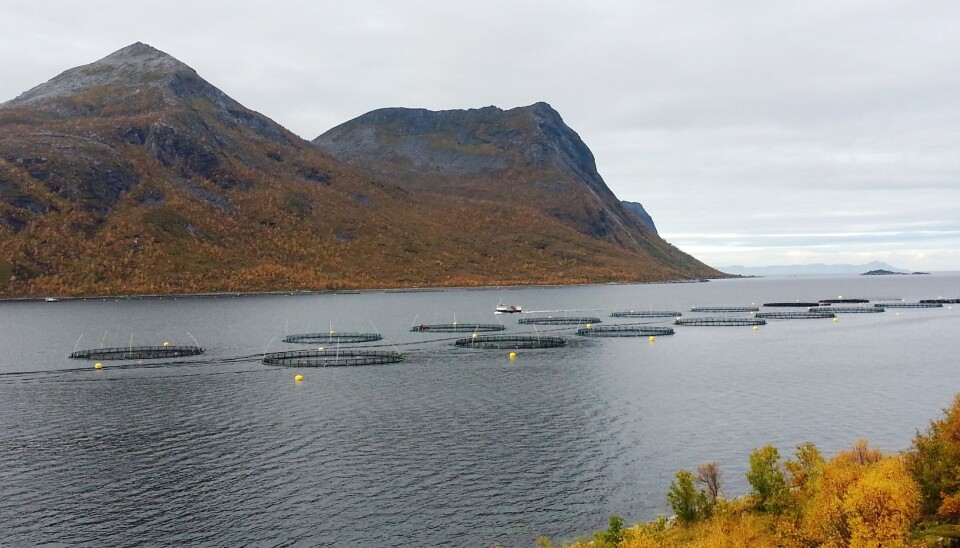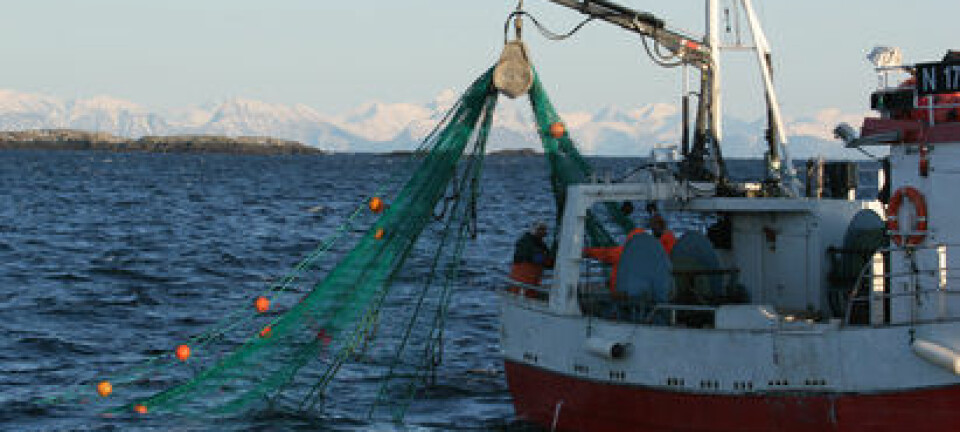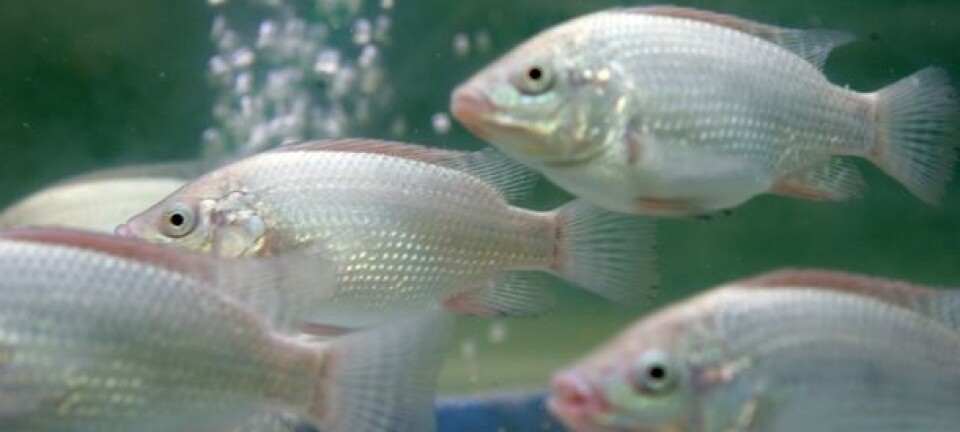This article was produced and financed by Nofima The Norwegian Institute of Food, Fisheries and Aquaculture Research

Fish feed the North
An increasing amount of the employment linked to the aquaculture industry is found in companies that supply services to the industry.
Denne artikkelen er over ti år gammel og kan inneholde utdatert informasjon.
The visible part is the production of food. On an annual basis a medium-sized marine fish farm in Troms produces just as much “meat” as the entire agriculture industry in Troms and Finnmark combined – around 5000 tonnes.
The aquaculture industry in Troms accounts for a total of 635 man-labour years, comprising production of juveniles, fish for consumption, in processing plants and well boat transport.
Many others being employed
The less visible part is all the activity that takes place among the industry’s many suppliers. Several of the tasks that used to be performed by the fish farmers are now carried out by specialist suppliers, including maintaining the net cages, mooring, installation of the fish farms, diving services etc. Feed and smolt are both delivered by boat directly to the fish farm and the harvested fish is collected at the fish farms.
This means that more of the employment is being transferred from the primary value chain to the suppliers. In addition, new specialist services are springing up, including in relation to fish health, monitoring, reporting, environmental analyses, certification and site classification.
Prefer to buy locally
The analysis shows that aquaculture firms operating in Troms County spend more than 0.4 billion euros per annum on goods and services, of which 0.3 billion euros is from suppliers in Northern Norway.
“The aquaculture firms attach importance to purchasing locally, providing they find competent actors,” conclude the three scientists involved in the project; Audun Iversen, Otto Andreassen and Roy Robertsen.
In correlation with increased levels of industrialisation and professionalization in all links of the chain, we also see that many of the wider economic benefits are concentrated in certain municipalities with strong business environments. Many of the suppliers arise from similar activity, such as producers of equipment for the fisheries industry also focusing on aquaculture or the shipbuilding industry viewing aquaculture as a new market.
Aquaculture is now the largest private sector industry for some small municipalities in Troms, accounting for more than 10 percent of the total employment.
The researchers also found high levels of aquaculture-related employment in municipalities with little or no aquaculture production. They found several examples of this in Troms County.
Balsfjord, for instance, has no fish farms but many people are employed in the production of fish feed and fish boxes, while Nordreisa has few aquaculture production sites but significant employment in the transport of fish feed.
The industry in Troms has major development potential, with respect to both aquaculture production and the supply industry.


































